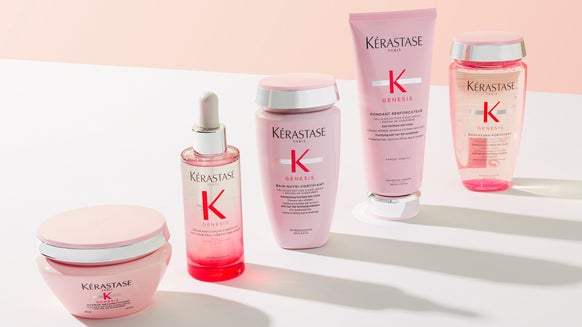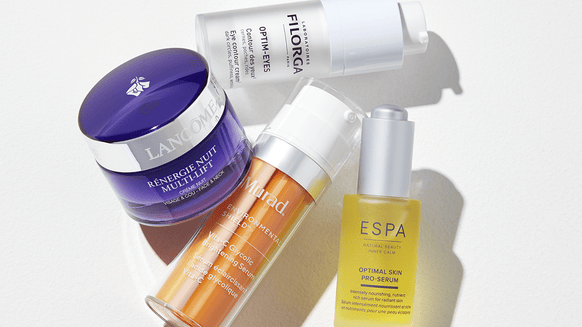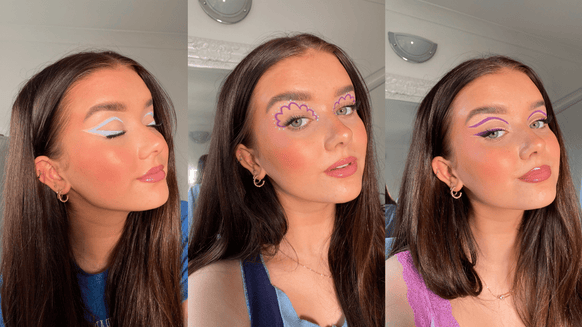It’s time to talk about the Gender Health Gap

After days of confusion, many were set at ease when Christian Eriksen posted an Instagram picture of himself in hospital, smiling and showing a thumbs up. The image came after the footballer collapsed mid-game during a 2021 international Euros match and had to be resuscitated on the pitch through CPR after suffering cardiac arrest.
The event has triggered a worldwide conversation about CPR, namely, that not enough people know to perform it safely. It has been estimated that one in five people in the UK witness someone collapse who needs CPR, but the majority do not know how to perform the procedure. [1]
The key is to act fast. Use our easy-to-follow guide below and visit the official NHS website for more detailed information.
Bystanders are less likely to perform CPR on women
The number of bystanders who will perform CPR differs when the person in need is male or female. Not only are bystanders less likely to perform CPR on a woman, but men have a 23% higher chance of survival.[2] One reason for this gender disparity is that bystanders feel unsure as to whether women need a different procedure, which is not the case. CPR is performed the same on adults of any gender and only differs when the person in need is a child or infant.
This has sparked wider conversations surrounding the Gender Health Gap, and how women are less likely to receive the medical treatment they need across the board. Despite living longer than men, women are more likely to have a lower quality of health throughout their lives. There are lots of historical reasons for this, one being that the pain and symptoms of women are often overlooked.
Women who have spoken out about the Gender Health Gap
Think of Serena Williams’ near-death experience while giving birth. The tennis superstar has a history with blood clots, and after realising that she was on the brink of another one, she asked the doctors to get her a CT scan. The nurse said that her pain medication may be making her confused, but Serena insisted, “listen to Dr. Williams!”. The scan revealed the blot clot forming, and she was rushed into surgery right away.
This tendency to overlook the pain of women is backed by medical studies. A 2018 review of nearly 80 medical studies revealed that women with pain can be perceived as “hysterical or complaining” and it is assumed that they are “fabricating the pain, as if it is all in [their] head.”[3]
We heard these same fears voiced by Charlotte Crosby on her new podcast, Values and Vibrators, where she finally opens up about her life-threatening ectopic pregnancy. When explaining why she didn’t tell the doctors how much pain she was until she physically collapsed, she said she thought that no one would believe her.
When voicing their concerns, women tend to “receive less and less effective pain relief” compared to men, and are instead given “more antidepressants and mental health referrals”. Misdiagnosis is most prevalent in conditions that only effect women, such as menopause and endometriosis.
Despite women generally being more active in seeking help, it takes the average women between 8 and 12 years to receive a diagnosis for endometriosis.[4] Although this is certainly impacted by the lack of historical research into women’s bodies, with the vast majority of clinical trials being performed on men, there is another reason. As outlined in the same 2018 review, “symptoms in women-dominated conditions that do not fit the masculine norm actually seem to be invisible” and are instead defined as “medically unexplained”.[5]
When you or a woman in your life is met with these obstacles, she should follow in the footsteps of Serena. Although not everyone has access to her medical team, every woman should always place trust in how she feels about her own body. If you’re met with someone who doesn’t believe your pain, try your best to persist.
A doctor’s perspective
We asked Dr. Matthew Leech, Group Medical Director at THG, for the best way to handle this. He says, “always seek a second opinion if the first doctor dismisses your pain. You know more about your body than any medical practitioner, and you should always trust your feelings”.
Evidence also supports this, with the same 2018 review discovering that women’s “negative encounters with health care eventually changed for the better when they met a physician who believed them.”[6]
If you’re experiencing unexplained pain and are unsure what to do, check your symptoms on a reputable resource and make sure to see a doctor. Doctor Matt recommends using the official NHS website or patient.info as a trustworthy port of call.
Although there’s a long road ahead, much more research is being done to look into women’s bodies and issues. On a smaller scale, there are also a few things you can do to help. For the women reading, remember to trust your own body and never let anyone invalidate your pain. And for the men, listen to any woman who voices these concerns, whether you work in or outside of the medical profession. With increased education, wider awareness, and small steps like these, we can work together to close the Gender Health Gap.
[1] Resuscitation Journal, 2017. Attitudes to CPR and public access defibrillation: A survey of the UK public.
[2] AHA Journals, 2018. Gender Disparities Among Adult Recipients of Bystander Cardiopulmonary Resuscitation in the Public.
[3] U.S. National Library of Medicine, 2018. A Theory-Guided Literature Review on Gender Bias in Health Care and Gendered Norms towards Patients with Chronic Pain.
[4] U.S. National Library of Medicine, 2018. Management of Endometriosis in General Practice.
[5] U.S. National Library of Medicine, 2018. A Theory-Guided Literature Review on Gender Bias in Health Care and Gendered Norms towards Patients with Chronic Pain.
[6] U.S. National Library of Medicine, 2018. A Theory-Guided Literature Review on Gender Bias in Health Care and Gendered Norms towards Patients with Chronic Pain.

Our team of beauty experts cover everything from makeup to skincare, picking out the most effective products from the best brands and latest trends. Stay up to date on everything beauty with the LOOKFANTASTIC blog, and find all your essentials in one place.







